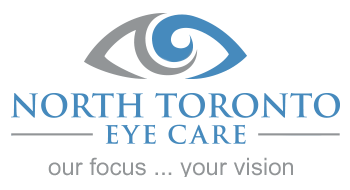Quality of vision starts with a healthy ocular surface because “the tear film is the most important refractive surface of the eye,” Marguerite B. McDonald, MD, said at the annual meeting of OSN and the Italian Society of Ophthalmology.
In cataract and refractive surgery, a well-lubricated ocular surface, with a good balance of water, salts and lipids, is a condition for successful outcomes and patient comfort.
“Dry eye is the most common and potentially most devastating complication of these surgeries,” Dr. McDonald said.
Although dry eye problems are mostly related to LASIK, the issue is almost equally important in cataract surgery, which is becoming more regarded as a refractive procedure. The incision, although small, transects the nerves. “We shouldn’t forget that 10% of cataract patients also undergo some kind of laser vision correction [bioptics],” she said.
With multifocal IOLs, the disruption of the tear film magnifies the glare and halo inherent in all of these lenses. Defocus images show how glare and halo are different in multifocal IOL-implanted patients, in the presence or in the absence of ocular surface disease.
Recently, Roberts and colleagues demonstrated that preoperative dry eye is present in 60% of cataract patients, although in some of them, it might be asymptomatic, she said. One month after surgery, the rate increases to 87%. These percentages are greater than those of LASIK patients, simply because “at the time of cataract surgery, patients are 25 to 30 years older than LASIK refractive patients,” Dr. McDonald said.
In another recent study, Li and colleagues found that postoperative dry eye signs and symptoms peak at 1 month and persist for at least 3 months, with a longer duration for patients with pre-existing dry eye. The visual function may be negatively affected if dry eye symptoms persist.
A refractive tear substitute
Optimizing the ocular surface preoperatively improves the outcomes of cataract surgery. It decreases postoperative dry eye, promotes faster visual recovery, makes keratometry more reliable and, therefore, IOL power calculation more accurate. It also improves wavefront evaluation in case the patient needs an additional refractive procedure, Dr. McDonald said.
Artificial tears are the basis of tear film dysfunction treatment. Among the various new options, Blink Tears (Advanced Medical Optics) seems to provide a particularly long-lasting effect, less blur after instillation and prolonged comfort, she said.
“Patients’ comfort improves over time. After a week of regular use of the tears, the positive effects increase steadily, progressively stabilizing and smoothing out the tear film within 1 month,” she said.
Blink Tears are “a truly refractive” tear that suits the recent advances in technology and evolution of cataract and refractive surgery, Dr. McDonald said.
She noted the classification of dysfunctional tear syndromes recently proposed by Behrens and colleagues, in which the diagnostic levels are 1 to 4, from mild to extremely severe. The level of suggested treatment varies according to severity.
“We must remember that if we are doing surgery, the rule of thumb is that cataract surgery adds one severity step to our postoperative plan and LASIK adds two severity steps, so we must plan preoperative and postoperative therapy accordingly,” Dr. McDonald said.
“A coordinated pre-, peri-, intra- and postoperative management are mandatory for best outcomes, and the use of new advanced formula tears is an important addition to our perioperative regimen,” she said.
